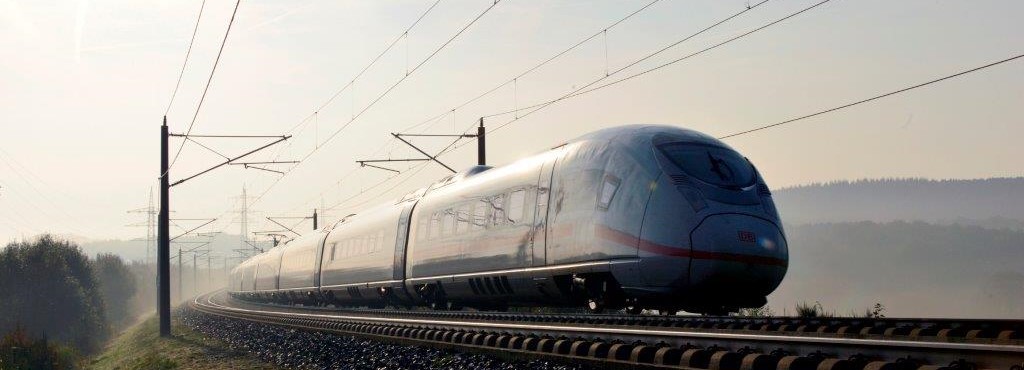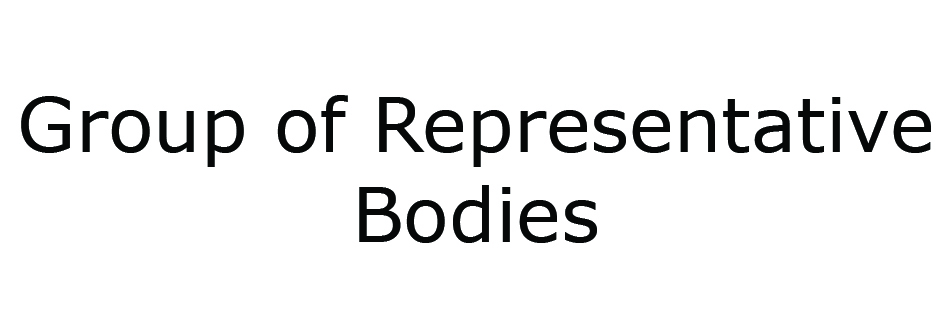4th Railway Package - Guide

Since 1991, the European railway sector has constantly been reformed by the European Union. The 4th Railway Package, which was adopted in 2016 is by far the largest and most complex legal initiative introduced so far. The 4th Railway Package consists of a political and a technical pillar which introduce substantial reforms for all stakeholders concerned.
The Guide below (drop-down menu) illustrates in four different chapters the reforms in the field of vehicle authorisation, safety certification and ERTMS trackside approval as well as the new role of the European Union Agency for Railways as ‘frequently asked questions’. Given the fact that the implementation of the 4th Railway Package is an ongoing process, the Guide will be updated on a regular basis, in line with the progress of the reforms being made on EU level.
Christian Rausch
Chairman of the Group of Representative Bodies (GRB)
- Details
- Written by Super User
- Category: The Safety Directive (EU) 2016/798
- Created: 14 February 2019
- Hits: 3206
In 2004, the Railway Safety Directive 2004/49/EC was adopted to create a common European regulatory framework for safety, i.e. the tasks and responsibilities related to a safety management system (SMS).
The Directive introduced common safety methods (CSMs), developed by ERA to provide a common approach to assess the level of safety and performance of all actors (RUs, IMs, wagon keepers, etc.) at EU level and in Member States. It introduced a certification scheme for entities in charge of maintenance (ECM) of freight wagons and required Member States to develop a system of national safety rules.
Directive 2004/49/EC was complemented by Directive 2008/57/EC (interoperability) and 2008/68/EC (inland transport of dangerous goods).
The EC adopted Regulation 445/2011/EU introducing a system of certification of entities in charge of maintenance for freight wagons.
⇒ With each Directive, the EU extended the scope of safety and strengthened the role of the EU vs the Member States.

